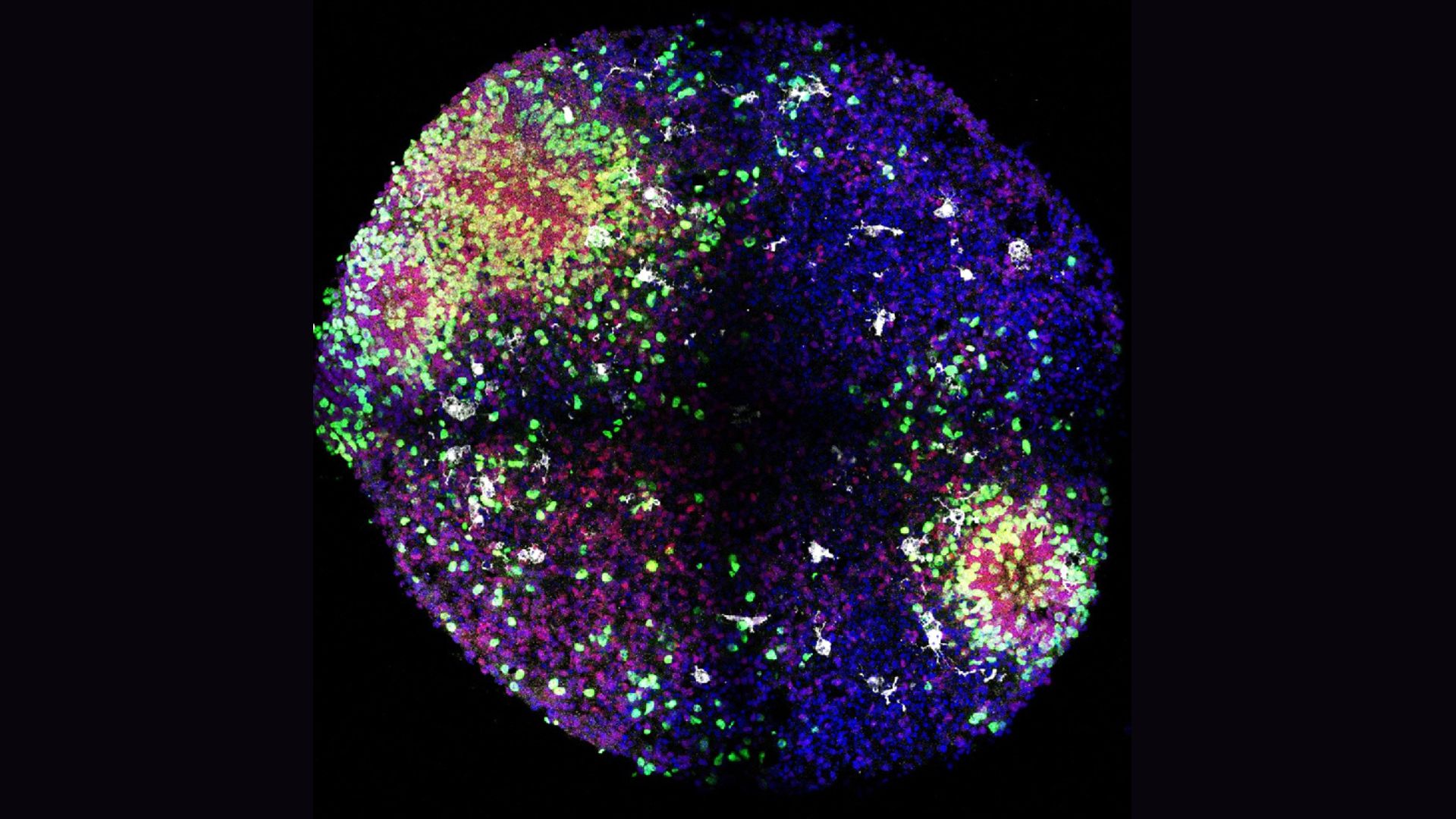Feel-Good Brain Chemical's Role in Sleep

A feel-good brain chemical called dopamine has been linked to everything from laziness and creativity to impulsivity and a tendency to partake in one-night stands. Now, we can add sleep regulation to that list.
When dopamine latches onto its receptor in a special part of the brain, it seems to signal the body to "wake up" by turning down levels of the sleepiness hormone melatonin, the researchers found.
The first clue to this new discovery came when researchers noticed that dopamine receptor 4, a protein on the outside of certain cells that binds to dopamine, was active in the part of the brain called pineal gland. This gland regulates our internal clock, known as our circadian rhythm, by releasing melatonin in response to light.
Interestingly, the presence of this dopamine receptor on pineal gland cells seemed to cycle with the time of the day — the receptor numbers were higher at night and lower during the day.
Circadian rhythm
The researchers therefore thought this protein may be important in the circadian rhythm — your body's daily cycle of proteins that regulate daily patterns of feeding, sleeping, body temperature and other functions.
During the night, the pineal gland produces a hormone called melatonin that makes you sleepy. Melatonin is produced in response to another hormone called norepinephrine.
Get the world’s most fascinating discoveries delivered straight to your inbox.
By studying human cells and rat pineal glands in the lab, the researchers have now found that the dopamine D4 receptor hooks up on the outside of the pineal gland cells alongside norepinephrine receptors to dampen this melatonin-secretion signal in the early morning.
Melatonin muse
And while the norepinephrine complex turns up melatonin, along with your sleepiness, when dopamine and its receptor come into the picture, it forms a complex of proteins that does the opposite.
When dopamine interacts with its receptor — only when its receptor is paired alongside the norepinephrine receptor — on the outside of the pineal cells, it interferes with the signal sent into the cell, leading to lower production and release of melatonin. Luckily, dopamine's light-dark cycle means the two (dopamine receptor and the norepinephrine's receptor, called the andrenergic receptor) only hook up at the end of the night.
"The system is expressed in the evening. The dopamine receptor level peaks and you get this nice inhibition of the adrenergic receptor," study researcher Peter McCormick, of the University of Barcelona, in Spain, told LiveScience. "Everything is sort of on a delay so that by morning time or sunrise you get a complete inhibition of melatonin production."
Studying how these two receptors work together in more depth could give researchers a better understanding of circadian rhythm and its associated disorders, like jet lag, the researchers noted. It could also be relevant to sleep and mood disorders, such as depression, which involves not only odd dopamine levels in the brain, but also disturbed sleep patterns.
The study was published today, June 19, in the journal PLoS Biology.
Follow Jennifer Welsh on Twitter @microbelover or LiveScience @livescience. We're also on Facebook & Google+.
Jennifer Welsh is a Connecticut-based science writer and editor and a regular contributor to Live Science. She also has several years of bench work in cancer research and anti-viral drug discovery under her belt. She has previously written for Science News, VerywellHealth, The Scientist, Discover Magazine, WIRED Science, and Business Insider.

